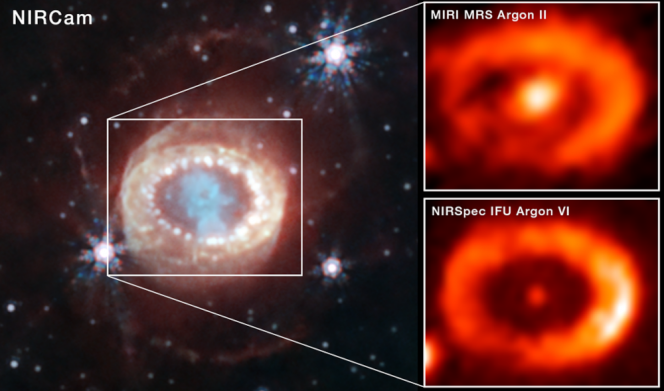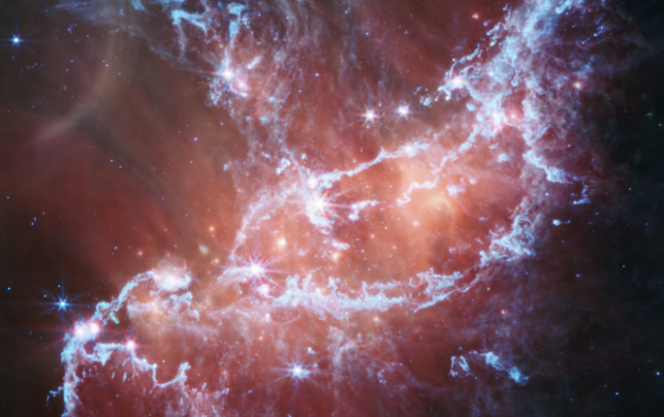The Matter Cycle in Galaxies

Dr. Patrick Kavanagh’s group works on multi-wavelength observations of various components of the matter cycle in galaxies. The evolution of galaxies is governed by the formation of stars out of molecular clouds in the interstellar medium (ISM) which in turn act as feedback engines that shape the ISM through their mechanical and radiative output, and chemically enrich the ISM over cosmic time. Active research areas in the group are:
Massive stellar feedback and supernovae
When a single massive star explodes as a supernova, the ejecta will interact with the ambient medium to form a supernova remnant (SNR). Since massive stars usually form and evolve in groups, their collective mechanical output into the surrounding ISM creates so-called `superbubbles'. Our group works on X-ray observations of SNRs and superbubbles with the XMM-Newton and Chandra observatories, and Dr. Kavanagh is involved in the Stellar Feedback working group of the Line Emission Mapper concept Probe mission. SN1987A in the Large Magellanic Cloud (LMC) is the closest observed supernova explosion observed since Kepler's SN1604, making it a unique target to study supernova physics. The group works on observations of SN1987A with the James Webb Space Telescope (JWST) which are providing crucial insights into the evolution of this young supernova, including the nature of the progenitor and the origin of the iconic three-ring system, the fate of dust in the progenitor wind and supernova, and the presence of a compact object. Dr. Kavanagh holds an SFI/IRC Pathway Fellowship to study SN 1987A through the JWST Gauranteed Time Observation programme.

Protostars and extragalactic star formation
The protostellar phase of star formation is a crucial period in the evolution of a young star and has direct implications on the likelihood of planet formation in the disk. The group works on IR observations of this phase and Dr. Kavanagh is a member of the JWST Observations of Young Protostars (JOYs) programme to investigate the physical and chemical properties of protostars and their environment. Observations of galaxies across cosmic time have shown that the star-formation rate peaked at a redshift of ~1.5, well before galaxies with the metal content of the Milky Way existed. However, observational studies have predominantly been on young stellar objects (YSOs) in solar metallicity Milky Way star-forming regions. It is essential to investigate/understand differences in the star-formation process for planet harbouring stars such as our Sun at lower metallicities when the Universe was most actively forming stars. The group works on observations of star forming regions in the low metallicity Magellanic Clouds with the JWST.

Staff:
Postgraduate Students:
- Jeroen Jaspers
- Pawel Janas
- Emilija Bumblyte
